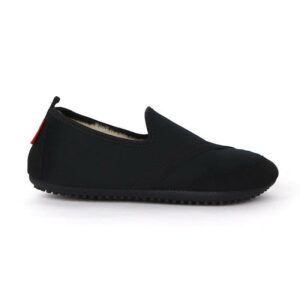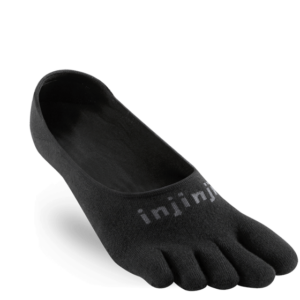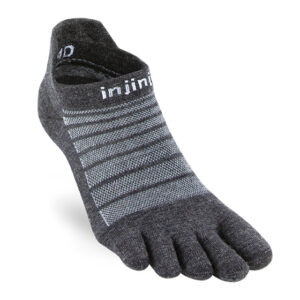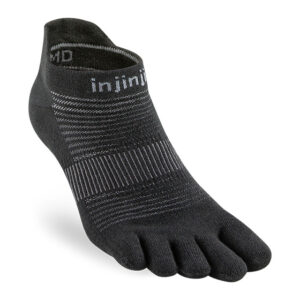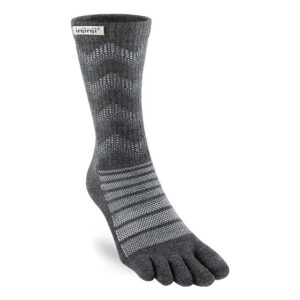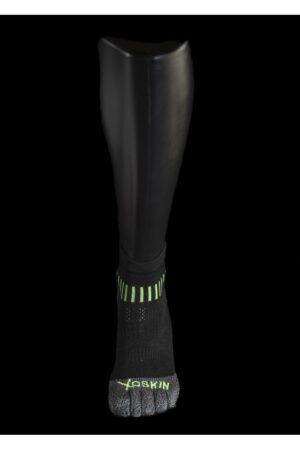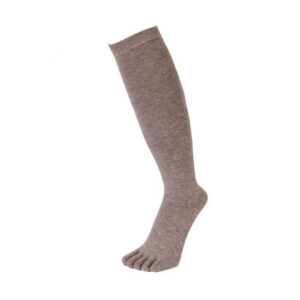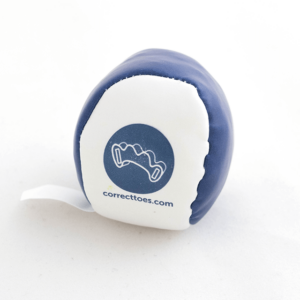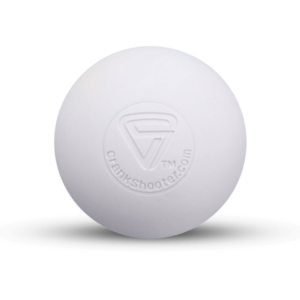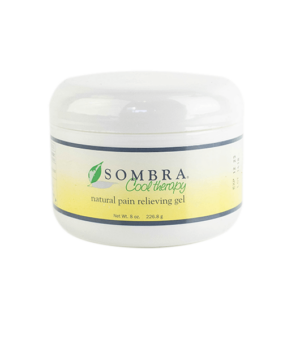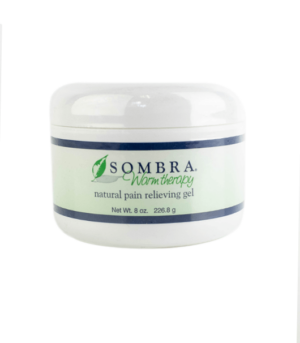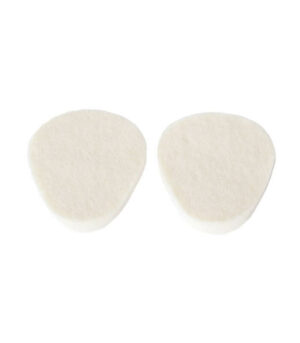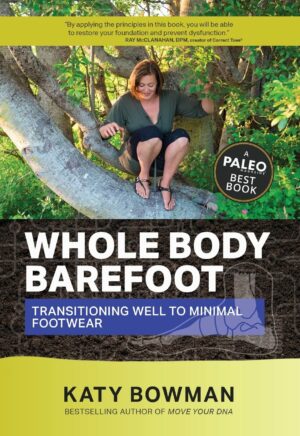Hammertoes
Hammertoes are a type of crooked toe that involve a unnatural contracture, or bending of a toe. In most cases, realignment of hammertoe position can be achieved using conservative care techniques.
Hammertoe deformities are always linked to compression of toe position, caused by restrictions placed on the toe within conventional footwear. In shoe-less populations, hammertoe deformities are extremely rare or completely absent. Hammertoe is usually flexible in the initial stages, but can become rigid over time if not treated appropriately.
Common Symptoms:
Ball-of-foot pain is one of the most common symptoms associated with hammertoes. Other common signs and symptoms of hammertoes include:
- Rubbing or pain on the top of the proximal pnterphalangeal (PIP) joint from footwear pressure
- Callus formation along the PIP joint
- Redness and swelling along the PIP joint
- Progressive loss of joint range of motion at the PIP joint
- Overloading of pressure at the metatarsal-phalangeal (MTP) joint
- Distal fat-pad migration, as the ball-of-foot cushioning is pulled forward into the sulcus of the foot as toes curl and elevate.
Common Treatments:
The first and most important step in the conservative and natural management of hammertoes involves a departure from conventional footwear and toward naturally shaped footwear. Avoid toe spring, heel elevation, and tapering toe boxes when selecting footwear.
Naturally shaped footwear possesses a toe box that is widest at the ends of the toes and allows all toes to spread (an action that can be further enabled with the use of Correct Toes). Spreading the toes with the use of toe spacers allows the natural positioning of each toe into appropriate alignment.
Correct Toes toe spacers can also aid the recovery of mobile hammertoes by placing force over the PIP joint to encourage the toe to lengthen and lay flat. Overall, this foot and toe position helps off-load areas of overloading and pressure; re-alignment of toes also balances tissue tension and coordination between the toe flexor and extensor muscles and tendons.
A slow, gradual transition to foot-healthy footwear and/or Correct Toes is necessary to ensure a successful outcome. The longer a hammertoe problem exists, the greater the likelihood it will become rigid or stiff, requiring more extensive and invasive treatments. Addressing hammertoe alignment when toes are mobile or ‘reducible’ is most effective with the following interventions:
- Progressive changes to naturally shaped footwear
- Use of Correct Toes
- Toe joint manipulation and exercises
- Physical Therapy
- Instrument-assisted soft tissue mobilization (Graston, Gua Sha, ASTYM)
Hammer Toe Relief Products
- Toe Spacers – Toe spacers help separate and realign the toes, reducing the pressure and alleviating the pain and discomfort associated with hammertoes.
- Toe Socks – Wearing toe socks provide individual compartments for each toe, creating separate spaces that help reduce friction and provide comfort.
- Wide-toe Box Shoes – Shoes with a wide-toe box provide more room for the toes to spread out, allowing the toes to rest in a more natural position and preventing further deformity and discomfort.
Conservative Care Techniques for Hammertoes

Toe joint manipulation and exercises

Physical Therapy

Instrument-assisted soft tissue mobilization

Wearing naturally shaped footwear


